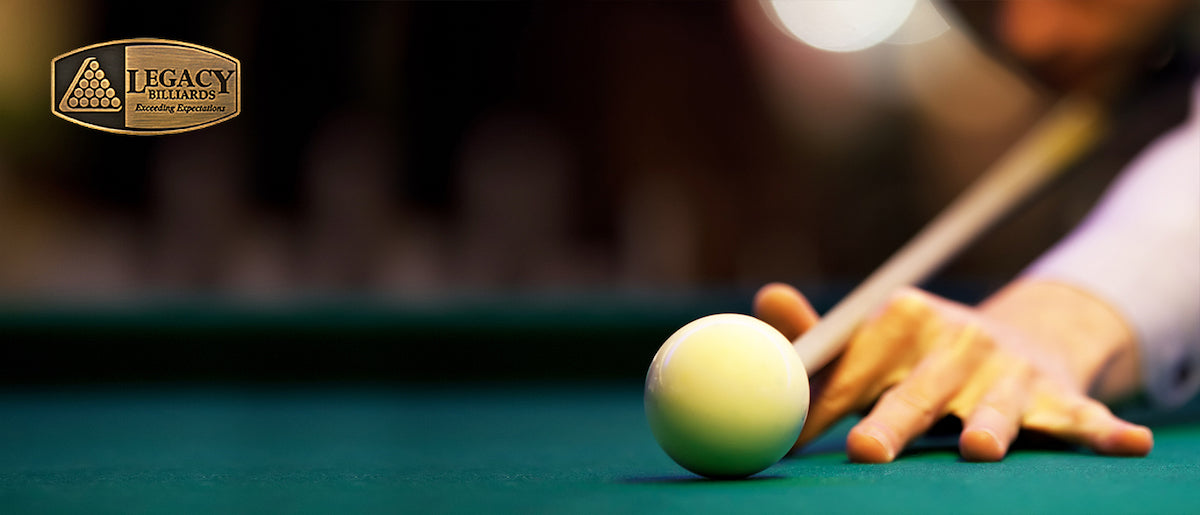If playing billiards is all about physics, then theoretically a physicist would be the ultimate pool player. There are definitely times when a knowledge of physics can be useful. For example, when hitting a cue ball, much like when hitting a baseball, there is a ‘sweet spot’ that can be struck so that no friction force develops between the ball and the billiard table. A knowledge of physics can help you determine the location of this sweet spot, enabling you to hit the cue ball deliberately hit off-centre — this is called shooting with ‘English’ — so that it develops backspin or forward spin. Knowledge of physics can also help a player learn faster and feel more confident. It can give the player a new appreciation for why the balls behave the way they do.
Theory is one thing, putting it into practice is another
There are difficulties when applying knowledge of physics to a game of billiards, however. Knowledge of momentum and collisions is useful, but there are a wide variety of variables to consider, resulting numerous potential complications. Balls that slide, roll, or spin will behave differently. Also, there may be friction or irregularities in the surface of the pool table. In the end, calculating what happens once the cue ball is hit can be a very complex and difficult physics problem to solve.
Practice. Practice. And more practice
Overall, knowledge physics alone won’t make a great player — after all, it is possible to overthink a shot. While thought and planning can help before a shot is made, the shot itself should not require a lot of thought - it should be borne of intuition, and this intuition comes from practice and experience. This means there is no substitute for spending a lot of time practicing. Many top players are able to make fantastic shots without any formal physics knowledge — through practice, they've developed their intuition to the point where they ‘just know’ where the ball will go with each shot. An extraordinary amount of practice means that the player will have done a lot of experimentation, thusly will be able to predict the balls’ movement through experience.





